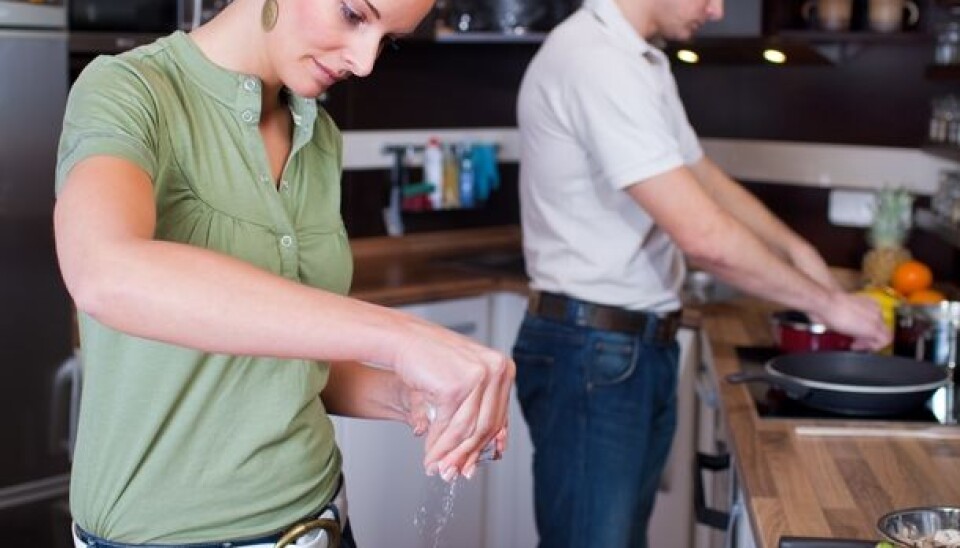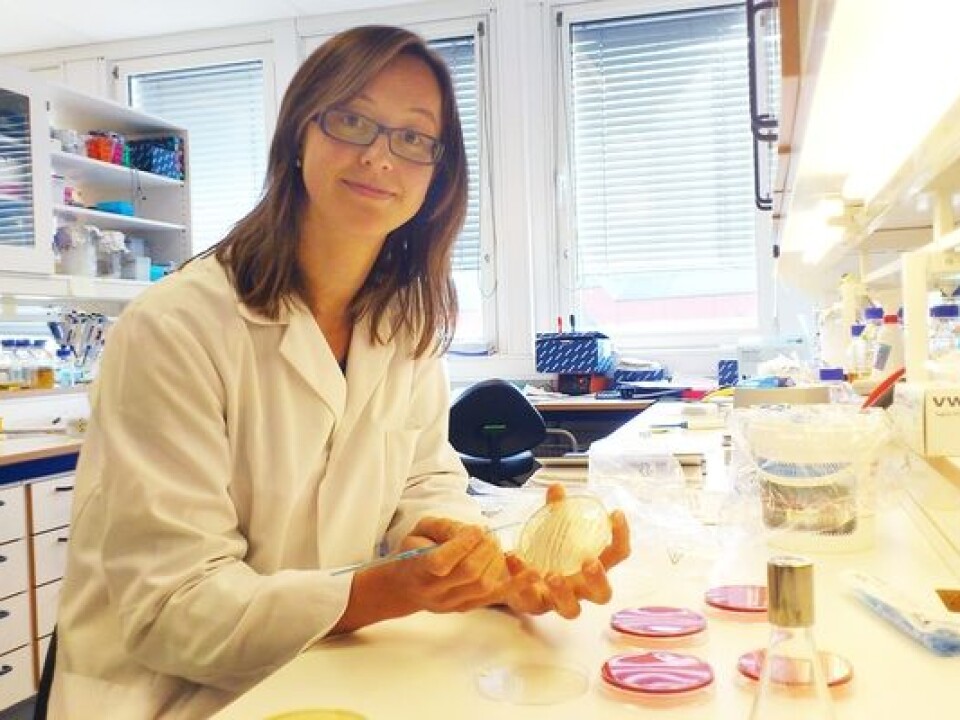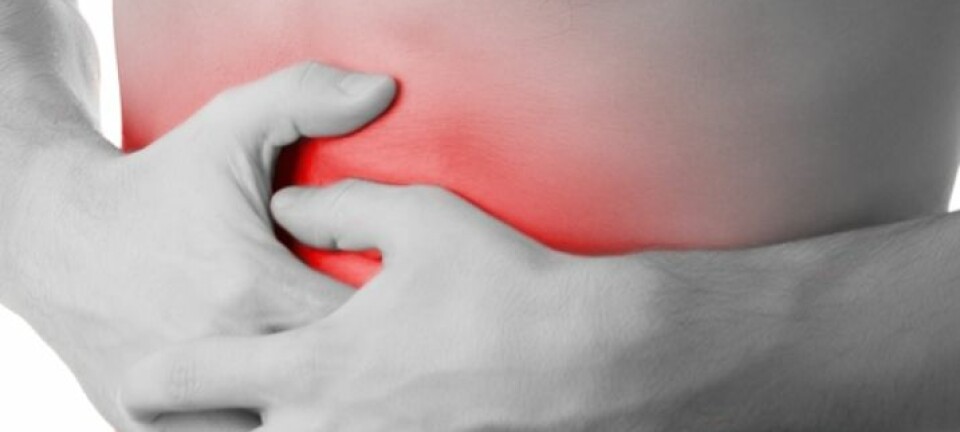
The real food hazards in our kitchens
Some common hygienic mistakes in the kitchen can be devastating. Others are less risky than you might think.
Denne artikkelen er over ti år gammel og kan inneholde utdatert informasjon.
Hygienically, how well do we handle food in our home kitchens?
Researchers at the Norwegian Food Research Institute (Nofima) have a pretty good clue after analysing responses to an online survey involving 2,008 participants.
All sorts of mistakes are made in Norwegian kitchens and the blunders haven’t been reduced by new appliances, trendy menus and busy lives.
“We have new strains of bacteria to tackle along with new types of food. What used to be sound advice has outlived its shelf life and we aren’t necessarily as good as we think at dealing properly with new foods,” says Research Fellow Elin Halbach Røssvoll.

She investigates food safety and is the first author in a study in collaboration with the National Institute for Consumer Research (SIFO).
Thawing meat on the counter
Fortunately not all the kitchen mistakes being made are all that serious. The most common one involves forgetting to defrost dinner ingredients from the freezer early enough.
When we wait too long we have to accelerate the thawing process – at room temperature.
Thawing meat on the kitchen counter is the most common mistake found in the study, which will be published in the Journal of Food Protection.

“The ideal, correct method is to thaw food in the refrigerator. But most of us have hastily taken it out of the freezer and defrosted it on the kitchen counter.”
“Several studies show that such thawing in room temperature doesn’t link to a high risk of bacterial growth,” says Røssvoll.
Temperature in the fridge
The second most common mistake, made by half the people in the survey, is that we don’t know what temperature we have in our own refrigerators.
“Your refrigerator should be kept at somewhere between zero and four degrees [32° − 39° F].”
“We found that eight degrees [46.4° F] combined with frequent exposure to room temperature in connection with meals stimulated growth of several pathogenic bacteria,” she says.
Expiration dates
We consumers are also lax in controlling expiration dates.
“The third most common error was that we don’t check these dates and continue to consume products that have expired and we don’t know the difference between 'best before' and 'use by'. The latter shouldn’t be eaten after the date.
“For instance, you cannot rely on your sense of smell to detect bacteria that cause food poisoning. They can be there even though things appear okay,” says Røssvoll, adding that products marked ‘best before’ indicate when their quality is best and aren’t necessarily harmful after that date.
Half are high-risk errors
The new study shows that only half of the most common errors made in Norwegian kitchens can be designated as “high risk”.
These involve variations of insufficient cooking or refrigeration, either done too poorly or sometimes not at all.
“We’ve found that the highest risk is from chilling large portions too slowly. A quick cooling down of a warm dinner, for instance, is necessary to ensure that pathogenic bacteria aren’t given good growth conditions,” says the researcher.
She points out that a rapid chilling is especially challenging when you have lots of leftovers, or you pre-cook a meal to be served later.
“A good solution could be to empty leftovers from a large pot into smaller units to cool them down quicker before they’re moved into the refrigerator," she suggests.
“Or you can place the pot in cold water and stir it around to decrease the temperature. In winter you can put the whole pot out in the snow.”
Worst case could be fatal
She explains that if the remains of a large casserole dish are left on a turned-off stove unit or the counter for several hours, the food can make you seriously ill.
The risks can run from diarrhoea and vomiting to a deadly food poisoning.
“In case the food hasn’t been refrigerated or was cooled down too slowly, you risk contamination by spore-forming bacteria which might have survived the cooking process and now multiply without any competition − they can produce heat-stable toxins,” she says.
“Then you don’t eliminate the risk in a future re-heating, even if the casserole dish is brought to boil once again.”
Røssvoll points out that insufficient chilling represents a much bigger risk for bacterial growth and sickness than defrosting your meat outside the fridge.
Six in ten of the most common mistakes involve time and temperature factors.
A more realistic picture
Such studies in this field usually tend to classify the consumers’ actions as correct or incorrect. But in this new Norwegian survey, the researchers used the grades “low risk” and “high risk”.
With this latter method, involving tests and analyses of the various practices of the public, the results provide a more realistic and nuanced picture of the way people deal with cooking.
It also yields other results than the traditional categories 'right' or 'wrong' that researchers have operated with in earlier studies. When using the traditional pigeonholing, the thawing of food at room temperature would rank at the top of the danger list, whereas the Nofima researchers’ studies show that this doesn’t normally represent such a big risk.
That title goes to insufficient cooling of large portions of food – the biggest risk lurking in Norwegian kitchens.
Reference:
Application of Hazard Analysis and Critical Control Point Methodology and Risk-Based Grading to Consumer Food Safety Surveys. Elin Halbach Røssvoll, et.al. (Scheduled for publication in the Journal of Food Protection)
Read the full story in Norwegian at forskning.no
Translated by: Glenn Ostling

































